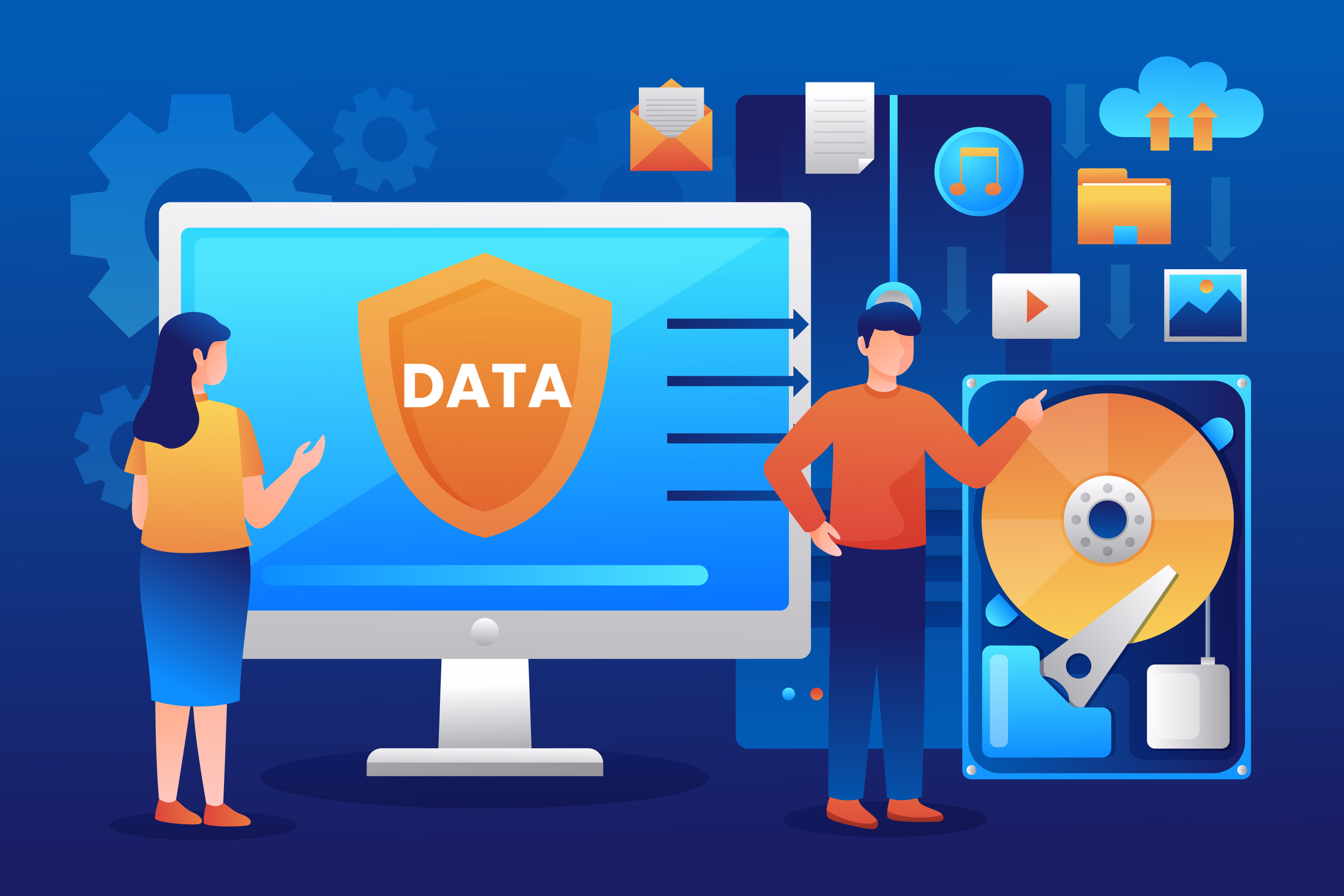
Navigating the Digital Frontier: The Imperative of Cybersecurity in the Age of Big Data
The proliferation of technology has reached unprecedented heights in our rapidly evolving world. The surge in Internet users, along with the widespread usage of Wi-Fi, Bluetooth devices, and smart gadgets like smartphones, televisions, and wearables, is expanding with every passing moment.
To grasp the enormity of the data being generated, let's consider the figures from 2017:
• 455,000 New Tweets
• 510,000 Comments and 293,000 Status Updates on Facebook
• 400 Hours of Video uploaded on YouTube
• 3,607,080 Google Searches
• 186,000,000+ Emails sent
This vast amount of data, deriving from the extensive use of mobile devices, presents a critical challenge in terms of securing customer privacy and navigating the fiercely competitive market.
Cybersecurity serves as the shield safeguarding computer systems from hardware or software theft, electronic data damage, and service disruption or misdirection. As technology continues to progress, cyber threats have also evolved.
Various types of cyber threats have been identified and classified:
- Ransomware: involves the encryption of a victim's computer system or files, demanding payment for decryption.
- Malware: encompasses any harmful file or program, including worms, computer viruses, Trojan horses, and spyware.
- Social engineering: relies on human interaction to deceive users into breaching security protocols and revealing sensitive information.
- Phishing: entails the dissemination of deceptive emails resembling credible sources, aiming to extract sensitive data like credit card or login information.
Effective cybersecurity necessitates meticulous planning and coordination across an information system, encompassing components such as network security, information security, application security, operational security, disaster recovery, and client/end-user education.
At the heart of Big Data analytics in cybersecurity lies the imperative of enhanced detection. This requires the capability to identify evolving usage patterns swiftly, perform complex analyses close to real-time, and conduct intricate correlations across diverse data sources, from server and application logs to network events and user activities. Accomplishing this demands advanced analytics, incorporating modern AI and machine learning concepts capable of collecting, storing, and analyzing vast amounts of security data across the entire enterprise in real-time.
The IT industry has now embraced sophisticated big data handling frameworks such as Apache Hadoop, as well as powerful analytics tools and languages, facilitating the integration of real-time and historical analysis. This integration enables the identification of new incidents that may be linked to past occurrences. Leveraging external security intelligence sources, historical data, and real-time data, organizations can analyze and identify ongoing cyber-attacks on their networks.
Conclusion
Contemporary big data security analytics solutions offer automated workflows for responding to detected threats, ranging from disrupting identified malware attacks to submitting suspicious events for further analysis by a managed security service. Automated controls for cybersecurity and fraud detection have emerged as key drivers for future adoption, revolutionizing the landscape of modern businesses.
About Rang Technologies
Rang Technologies, based in New Jersey, has dedicated over a decade to delivering innovative staffing solutions and the best talent to help businesses of all sizes unlock the full potential of the latest technologies and build high-performing teams to achieve their digital transformation goals.